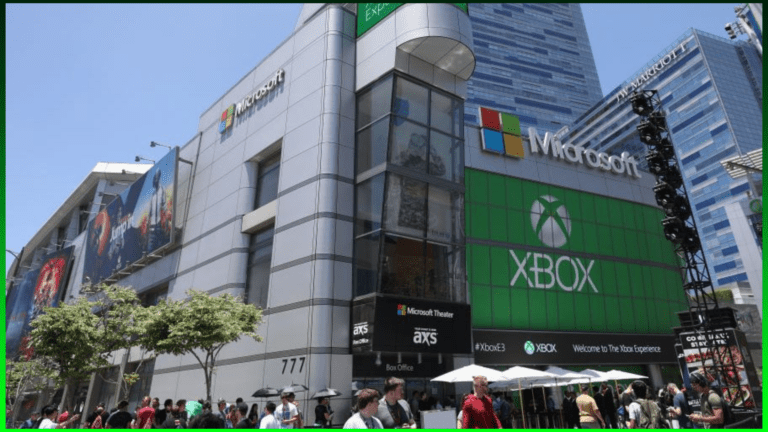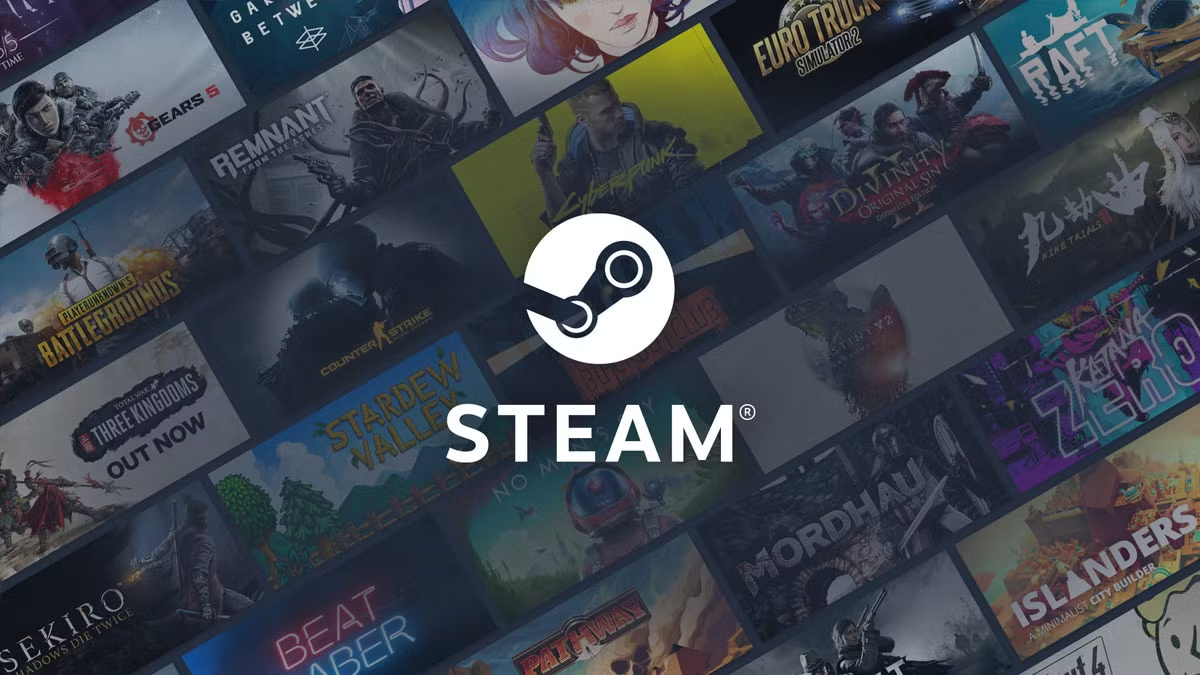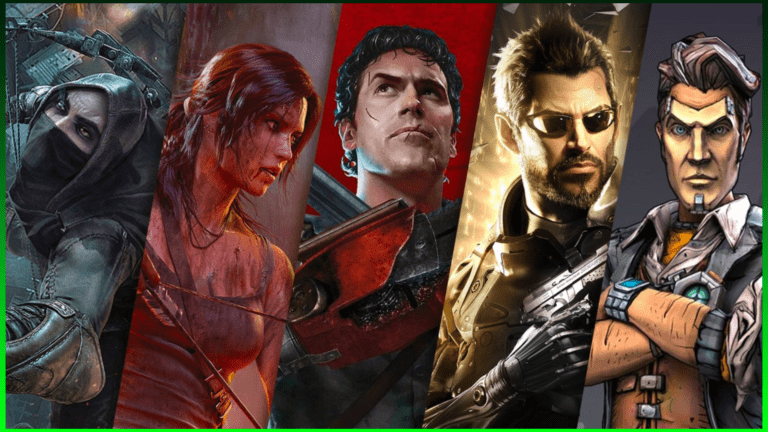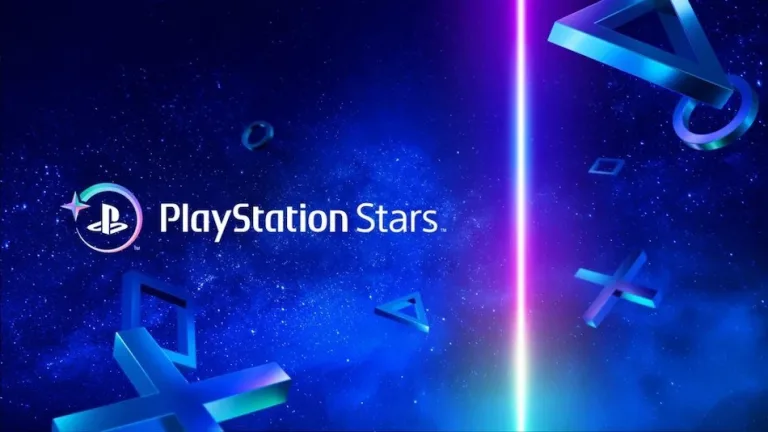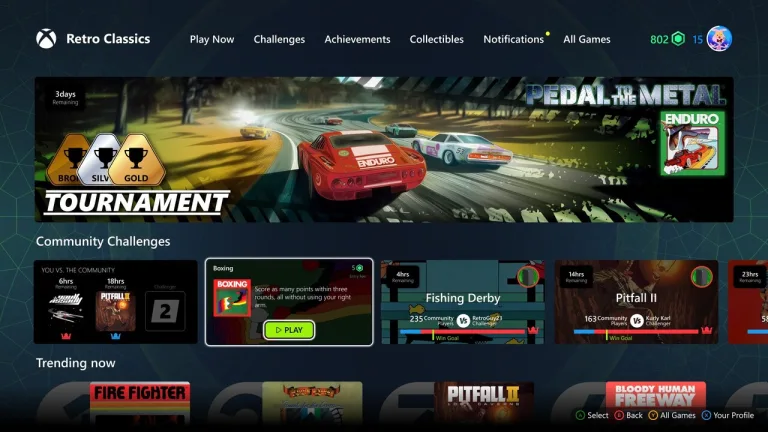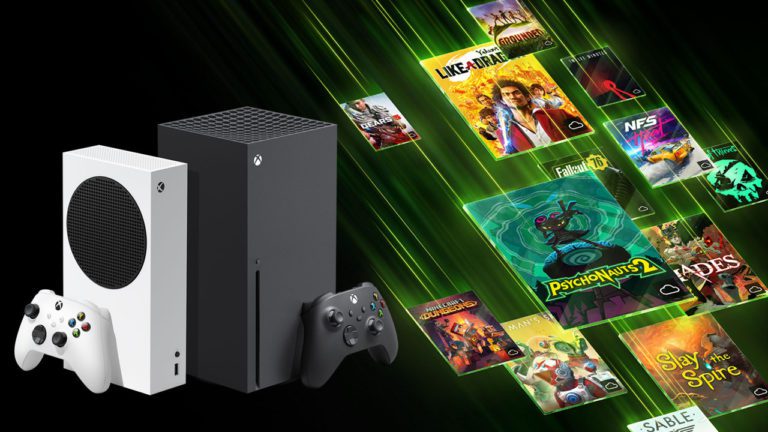After almost 3 years and a half of legal battles, the U.S. Federal Trade Commission (FTC) has...
Day: May 22, 2025
Valve has rolled out SteamOS 3.7.8, bringing a host of improvements and new features to the Steam...
The gaming world is abuzz with excitement as Destiny Rising, the latest entry in the beloved sci-fi...
The annual Warhammer Skulls event has returned, bringing a wave of exciting announcements for Warhammer 40K fans....
Bethesda Studios has just rolled out a fresh update for Starfield, bringing a mix of bug fixes,...
Embracer Group, a powerhouse in the gaming industry, has recently released its latest earnings report, shedding light...
Sony Confirms the Shutdown of PlayStation Stars Loyalty Program Sony has officially announced the discontinuation of its...
Nintendo’s redesign of Donkey Kong and the naming of Mario Kart World instead of “Mario Kart 9”...
The gaming world received an exciting boost with the Xbox May Update, unveiling new features that cater...
Microsoft has formally accused Apple of obstructing the launch of its Xbox mobile web store, initially planned...


